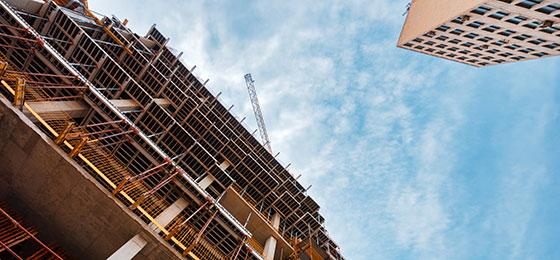Completed project: Low energy concrete

The project developed a new cement and completely new concrete solutions. These allow for grey energy in buildings to be drastically reduced.
Globally, the building sector consumes around 40% of the energy and usually the largest share is represented by operation. Continuous improvements of energy-efficiency in building have reduced the share of operation energy to increase the relevance of embodied energy in materials. The 2000W Society standard for sustainable buildings considers that new buildings allocate 70% of their energy for the building construction and 30% for its operation. In Switzerland, concrete is still the most widely used material in construction and a reduction of its grey energy and carbon emissions is an urgent task that needs to be tackled to facilitate the energy turnaround.
The joint project headed up by Prof. Guillaume Habert from the Institute of Construction & Infrastructure Management of the ETH Zurich aimed to reduce the impact from the use of construction materials, and in particular from concrete structures. Further reductions of cement emissions are possible through the increase of the clinker substitution; however, this is limited due to the loss of mechanical strength and high risk of rebar corrosion. As a consequence, the projects aimed at reducing clinker content at material level without losing the early strength, while at the same time developing structural solutions that replace steel with non-ferrous materials.
Results
At material level, a new ternary-blend cement has been developed with a clinker reduction of up to 65% without losing the early strength capacity. At structural level, new concrete solutions with non-metallic reinforcement where tested and developed, in order to avoid durability issues. Results showed that high cement substitution with supplementary cementitious materials (SCM) is able to cut the emission up to 50%, while at structural level 80% of carbon saving is possible due to the optimisation of material and structural hybridisation.
